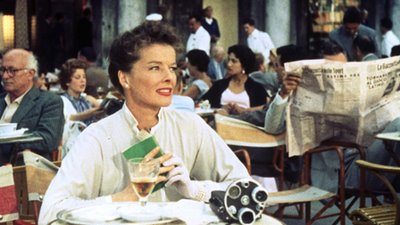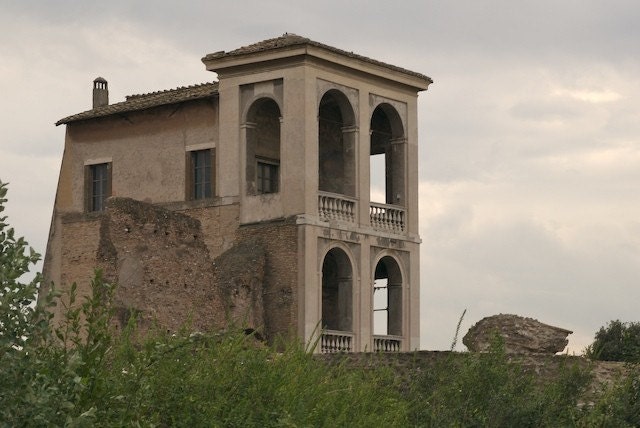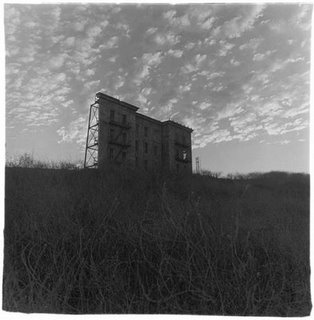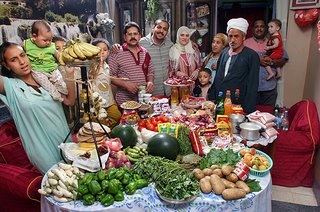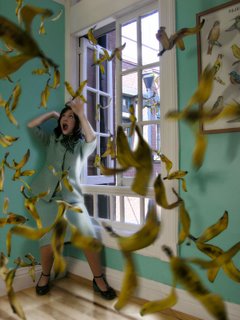Summertime and yearning for Venice
I’ve been on a bit of a consumption binge lately. Needing to consume – purchasing, consuming movies, books, knowledge. Just trying to break out of my rut, watching the same Family Guy episode for the umpteenth time while glazed over.
This weekend I watched Summertime, a movie from the 50s starring Katharine Hepburn. I’m not sure that I have ever seen one of Hepburn’s movies before, but I decided I really don’t care for her. At all.
However, the movie itself was good. It had technicolor on its side, and it was set in Venice which made me long for another trip there. It’s already being planned in my head. Heavy wine drinkers need apply.
One of the things that struck me about this movie was Hepburn’s character – she arrives in Venice, and she carries this film camera with her everywhere, capturing every moment, preserving it on film. She doesn’t really experience anything – the only contact she really has at this point is with the other tourists at the hotel. A hot blonde and her artist boyfriend, the proprietor of the hotel (who offers her some fine Italian drink, which she decides to mix with bourbon), and some tourist-old-couple she met on the water taxi.
Then she meets a man – the man. He sets her heart (or something else) aflutter, but she spends the next half hour acting like an ass instead of enjoying the moment. Then she gives in, and the camera disappears. She begins to experience Venice, experience love and life, and the camera is no where in sight for the rest of the movie. Of course, I guess she should have acted like an ass – turns out he is married. But that is beside the point.
I have to wonder if the obsolete camera is intentional as she begins to experience Venice. Does this mean David Lean felt the same way I do? That the camera somehow abstracts you from reality, from the moment, even though it is capturing that moment for a lifetime or more? That the camera interferes with your ability to experience by placing a mechanical device and a lens between you and life?
